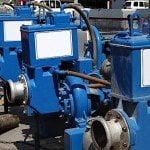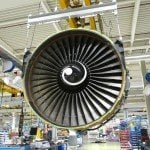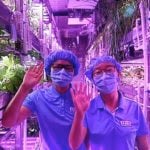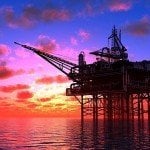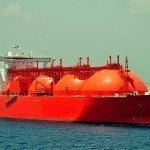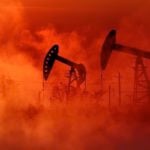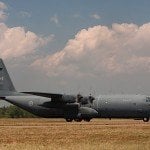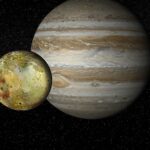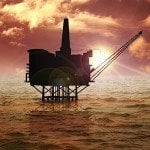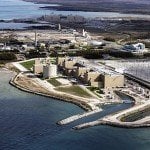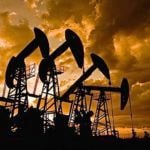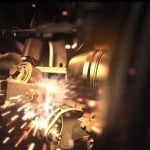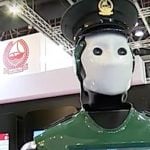Commercial space travel. It may sound like science fiction but it is a concept that promises to become a reality within this lifetime. Lunar travel is an industry that is on the verge of becoming accessible – at least to the very wealthy, for now.
Traditionally the exclusive work was privy only to government agencies of world-leading countries. Now, the market is opening up. With NASA outsourcing lunar travel to Spacex through their Artemis program, the commercialization of lunar flight has already begun. With that, a startup for Japan has recently unveiled their prospective entry into an industry that seeks to take off.
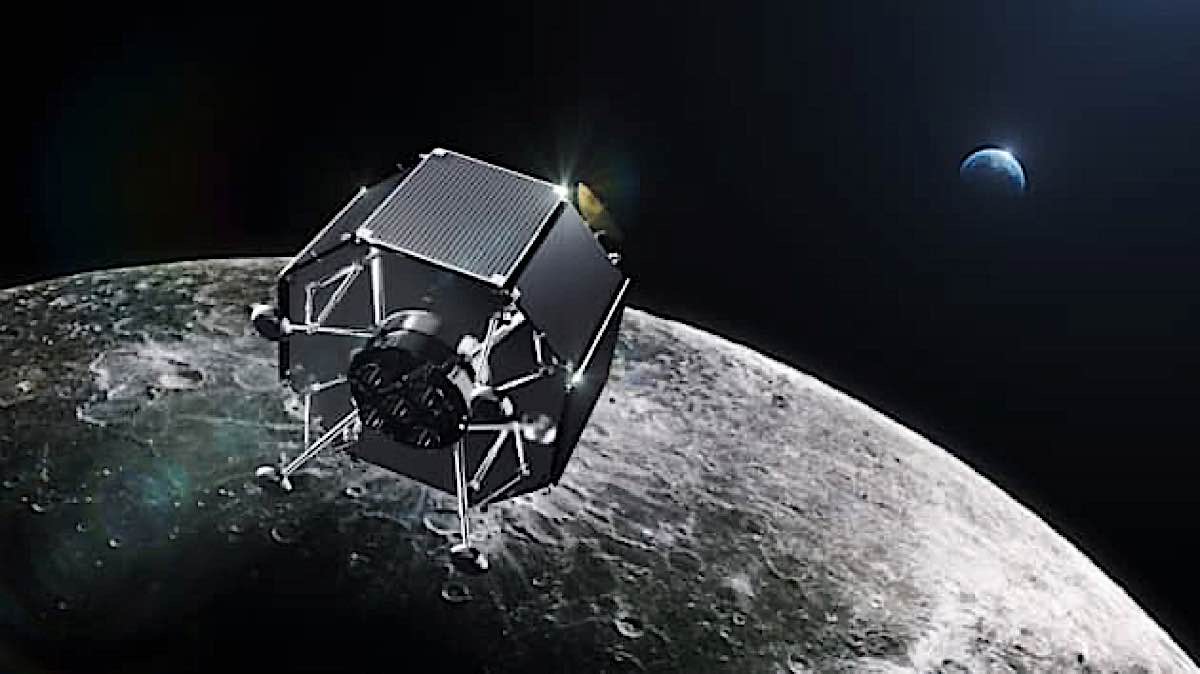
Larger lunar lander: the Series 2.
The Series 2 is a lunar lander that is designed to bring cargo to the moon. It comes as a response to NASA’s Artemis program and aims to fill a hole in the lunar transportation market. It is designed with civil, commercial and scientific missions in mind [1], which may help to explain some of the design choices ispace has made.
Can carry a payload of 2000kg
In terms of cargo capabilities, the Series 2 is of course significantly larger than previous lunar landers which the company intends to send to the moon in 2022 and 2023 [2]. At nine feet high and fourteen feet wide, it is capable of delivering a payload of 2000 kg to lunar orbit, and landing with 500 kg [3].
This lunar lander is not only designed to land on the close side but also the far side of the moon, meaning it has been built to withstand the harsh climate brought on by lunar night. It may not sound like a big deal, but remember that one lunar night is about the same as 14 days on earth. It’s a long time in the freezing cold environment and the ability to withstand this is what makes the Series 2 a contender in the pending lunar travel industry.
Lunar night testing
The freezing conditions that come with lunar night have made it difficult to study and the Series 2 aims to amend that challenge. In fact, the first lunar mission that this spacecraft embarks upon will be to survive a lunar night. An ambitious feat that would contribute greatly to mankind’s understanding of our only moon.

Engineering concept motivation
The concept is being driven by the forecast that more industries are going to become interested in space travel as it becomes more accessible through programs like Artemis. The moon is thought to hold vast reserves of water and if other resources could be harvested off-planet it could help to fuel the sustainability of our world and our economies.
The startup has risen nearly 200 million dollars in its bid to make this larger lunar-night-braving lander a future reality. A company of over 150, they have recently set up shop in Denver, with Kyle Acierno as the US CEO and Kursten O’Neill working as the director of the US lander program.
NOTES AND REFERENCES
[1] https://www.cnbc.com/2021/08/24/japanese-lunar-start-up-ispace-reveals-series-2-lander-for-2024.html
[3] https://www.space.com/ispace-bigger-moon-lander-series-2

